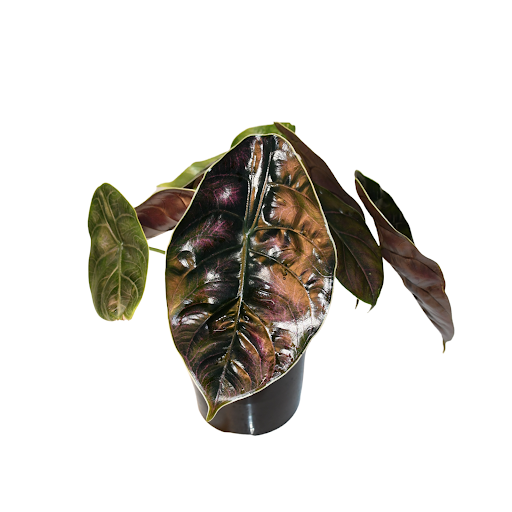Welcome to the world of elephant ears Plants, where lush foliage and dramatic presence take center stage. These tropical beauties, scientifically known as Alocasia and Colocasia, are renowned for their large, elephant-ear-shaped leaves that can instantly transform any garden or indoor space into a botanical paradise. In this comprehensive guide, you will delve into the art of growing and caring for these magnificent plants, equipping you with the knowledge and tips to nurture them successfully.
Caring Guide About Elephant Ears Plant
Choosing The Right Variety:
Explore the diverse range of Elephant Ear Plant varieties and select the one that suits your preferences and growing conditions. From Alocasia ‘Polly’ with its striking dark green leaves to Colocasia ‘Black Magic’ with its deep purple foliage, each variety brings a unique charm to your garden.
Light And Temperature Requirements:
Find the perfect balance of light for your Elephant Ear Plants. While they thrive in bright, indirect light, intense direct sunlight can scorch their delicate leaves. As for temperature, these tropical plants prefer warm and humid conditions, making them ideal for growing in USDA hardiness zones 8 to 11.
Soil And Watering:
Create a well-draining soil mix by combining peat moss, perlite, and rich organic matter. Elephant Ear Plants require consistent moisture but not waterlogged conditions. Water them regularly, allowing the top inch of soil to dry between watering sessions.
Fertilization:
Feed your Elephant Ear Plants with a balanced, water-soluble fertilizer during the growing season to promote healthy foliage and vigorous growth. Follow the manufacturer’s instructions for the appropriate dosage and frequency of application.
Pruning And Propagation:
Learn the art of pruning to maintain the desired shape and size of your Elephant Ear Plants. Remove any damaged or yellowing leaves to encourage new growth. Additionally, explore the exciting world of propagation, where you can multiply your plant collection by dividing the rhizomes or starting new plants from stem cuttings.
Pests And Diseases:
While Elephant Ear Plants are generally resilient, they may occasionally face challenges from pests like aphids, spider mites, or mealybugs. Regularly inspect your plant for signs of infestation and take appropriate measures to combat these nuisances. Proper care, including providing adequate airflow and avoiding overwatering, can also prevent common diseases such as root rot.
Indoor Care:
Discover the joy of growing Elephant Ear Plants indoors. These stunning foliage plants can thrive as houseplants, adding a touch of tropical elegance to your living spaces. Pay attention to their specific light and humidity requirements, and consider using a humidifier or placing them near pebble trays filled with water to create a suitable environment.
Overwintering:
For gardeners in colder climates, proper overwintering is crucial to ensure the survival of Elephant Ear Plants. Learn how to dig up and store the rhizomes during the dormant season, providing them with a cool and dry environment until it’s time to replant them in spring.
Container Gardening:
Discover the versatility of Elephant Ear Plants in container gardening. These plants can be grown in pots and containers, allowing you to create stunning focal points on patios, balconies, or even indoors. Choose a container with fine drainage holes and use a well-draining potting mix. Remember to size up the container as the plant grows to accommodate its expanding root system.
Conclusion:
Growing and caring for Elephant Ear Plants is a rewarding journey that allows you to experience the beauty and grandeur of these captivating foliage plants. With the knowledge and tips shared in this guide, you can create a thriving environment for your Elephant Ear Plants, whether they grace your garden or add a touch of exotic charm to your indoor spaces. Embrace the lushness and elegance of Elephant Ear Plants, and let them elevate your botanical adventures to new heights.

